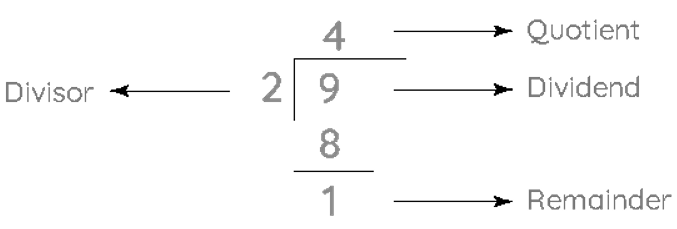Dividend Divisor Quotient Remainder Formula
The dividend multiplier One of the most important parts of division is the link between the dividend, divisor, quotient, and remnant, which is represented by the quotient remainder formula. When a number cannot be split any further, it is divided into equal pieces, leaving a remnant. Let's learn more about the division divisor quotient remainder formula and practise with some instances.
What Is Dividend Divisor Quotient Remainder Formula?
Dividend, divisor, quotient, and remainder are four main components of the dividend divisor quotient remainder formula. A dividend is a result of dividing an integer by its divisor. The factor that divides the dividend is called the divisor. The quotient is the result of the division operation, and the remainder is the number left over after the division is completed. The division method yields the dividend divisor quotient remainder formula

Dividend Divisor Quotient Remainder Formula
The formula is:
Dividend = Divisor × Quotient + Remainder
This can be verified in division shown above: 13 = 2 x 6 + 1
Derivation of Dividend Divisor Quotient Remainder Formula
The dividend divisor quotient remainder formula aids in the verification of the division method's result. When we divide a number by another number, we usually get an answer like this:
a/b = c where a is the dividend, b is the divisor, and c is the quotient. In other words, it can be written as:
Dividend/Divisor = Quotient
Dividend = Divisor × Quotient
And if any remainder is left, after the division process, then it is written as:
Dividend = Divisor × Quotient + Remainder
Therefore, the dividend divisor quotient remainder formula is Dividend = Divisor x Quotient + Remainder